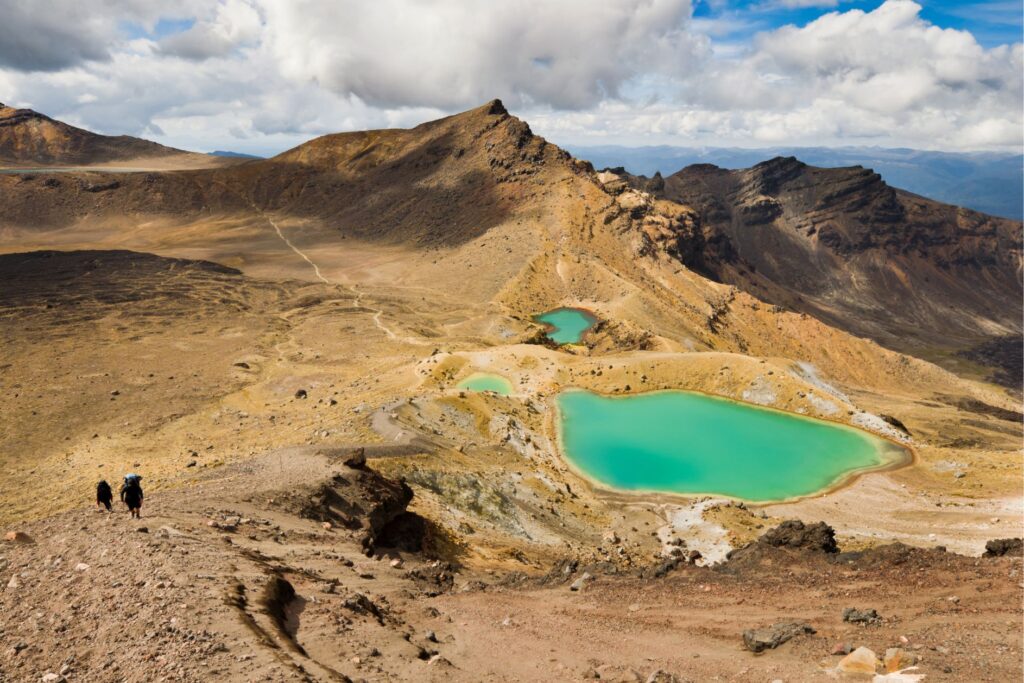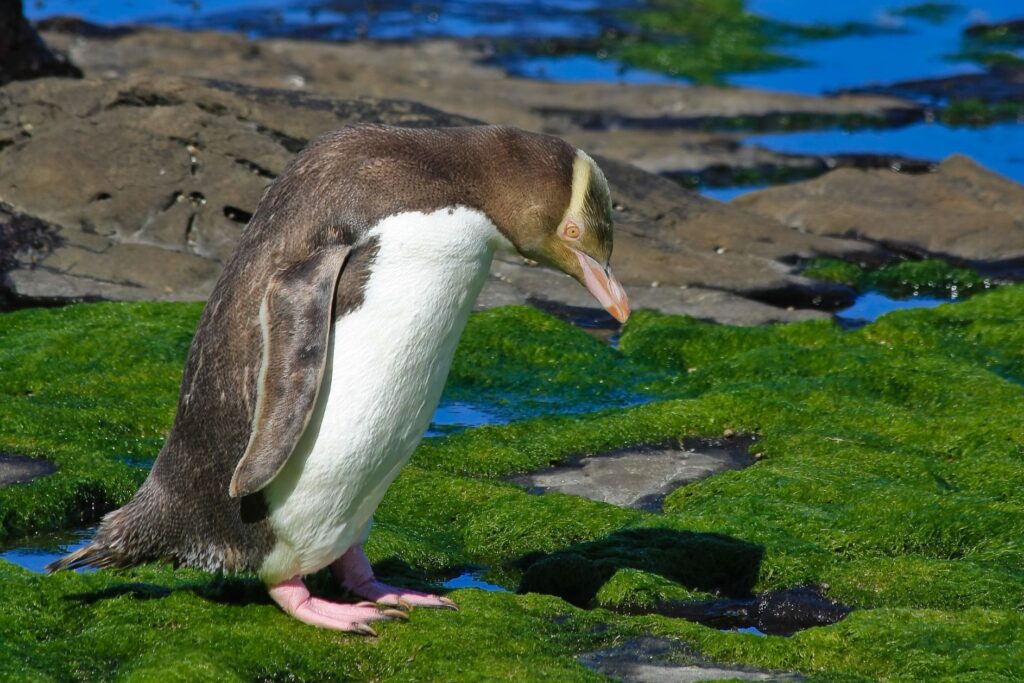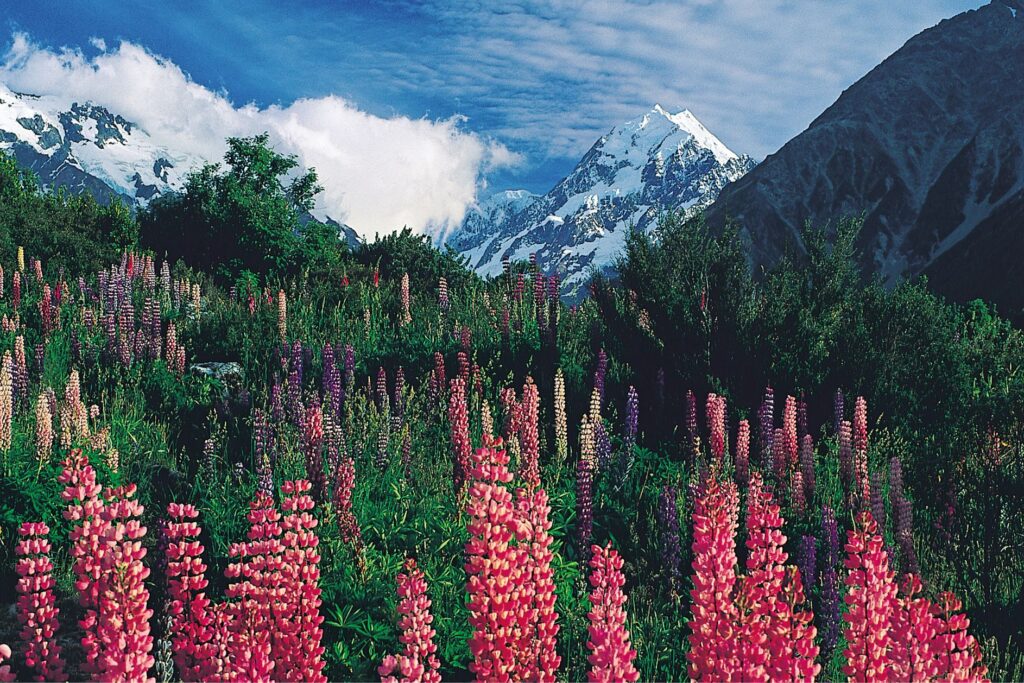This post may contain affiliate links. For full information, please see our disclaimer here and our Privacy Policy here.
Welcome to the Solo Female Travel Safety Tips and Advice page for New Zealand!
This page is brought to you by Solo Female Travelers Tours, our curated small group trips for women, by women.
On this page you will find first-hand, unbiased, and real safety tips, advice and reviews from women traveling solo, submitted directly from their personal experiences in the country.
Their opinions are unfiltered and submitted independently as part of the Solo Female Travel Safety Index, a ranking of 210 countries and regions based on how safe they are for women traveling solo.
The safety scores range from 1 to 4 with 1 being the safest and 4 being the most dangerous for solo female travelers.
You don’t need to login to read the below reviews. But do sign up or login to share your solo travel experiences, country safety rating and comments.
Jump straight to: Travel Tips | About the Index | Resources I Leave a Review
MAKE A DIFFERENCE – LEAVE YOUR SAFETY REVIEWS!
We can make the world a safer place for women traveling solo together. Sign up to our portal and leave your reviews NOW. Share your experience with other solo female travelers and help us empower more women through travel.
New Zealand Country data
We have compiled a few data points below that can help you better understand New Zealand and have more context when thinking about travel safety. Use this expert guide on New Zealand to plan your first trip.
Official country name: New Zealand.
Etymology: Dutch explorer Abel Tasman was the first European to reach New Zealand in 1642. He named it Staten Landt, but Dutch cartographers renamed it Nova Zeelandia in 1645 after the Dutch province of Zeeland. British explorer Captain James Cook subsequently anglicized the name to New Zealand when he mapped the islands in 1769.
Country map

Locator map

Flag

Capital: Wellington.
Independence / foundation: The UK declared New Zealand a separate colony in 1841 and gave it limited self-government in 1852. Different traditions of authority and land use led to a series of wars from the 1840s to the 1870s fought between Europeans and various Maori iwi.
Along with disease, these conflicts halved the Maori population. In the 1890s, New Zealand initially expressed interest in joining independence talks with Australia but ultimately opted against it and changed its status to an independent dominion in 1907.
Population: 5 million.
Currency: New Zealand Dollar (NZD)
1 USD = 1.62 - 1.68 NZD
1 EUR = 1.77 - 1.81 NZD
Time zone: UTC+12
Languages spoken: English (de facto official) 95%, Maori (de jure official) 4%, Samoan 2%, Northern Chinese 2%, Hindi 1%, French 1%, Yue 1%, New Zealand Sign Language (de jure official) <1%, other or not stated 17%.
Religions: Christian 37% (Catholic 10%, Anglican 7%, Presbyterian and Congregational 5%, Pentecostal 2%, Methodist 1.62, Church of Jesus Christ 1%, other 11%), Hindu 3%, Maori 1%, Muslim, 1%, Buddhist 1%, other religion 2% (includes Judaism, Spiritualism and New Age religions, Baha'i, Asian religions other than Buddhism), no religion 49%, objected to answering 7%.
Climate: Temperate with sharp regional contrasts.
Real GDP (ppp – purchasing power parity): $231.5 billion.
Real GDP per capita (ppp): $45,200.
Main airports: Auckland International Airport, Christchurch International Airport, Wellington International Airport.
World heritage sites in New Zealand



There are over 1,100 world heritage sites spread across more than 165 countries. New ones are added every year, and some may be removed from the list for various reasons.
Number of UNESCO listed sites: 3.
Top world heritage sites:
- New Zealand Sub-Antarctic Islands.- Te Wahipounamu – South West New Zealand.
- Tongariro National Park.
Interesting facts about New Zealand



- Locals are referred to as kiwis, not for the fruit, but for a bird.
- New Zealand's capital of Wellington is the planet's southernmost national capital.
- Queen Elizabeth II is New Zealand's official Queen.
- Sign language is one of 2 languages that are official in New Zealand, along with Maori. English is widely spoken but not the official language.
- Hobbiton, from The Lord of the Rings, is a real place you can visit in New Zealand.
Further reading: N/A.
New Zealand Travel tips
Socket type: I. Guide to socket types.
Weekend days: Saturday and Sunday.
Driving: Cars drive on the Left.
Local taxi apps: Didi-Rider, Uber, ihail.
Travel Guides: Lonely Planet, Bradt Guide.
Languages spoken: English (de facto official) 95%, Maori (de jure official) 4%, Samoan 2%, Northern Chinese 2%, Hindi 1%, French 1%, Yue 1%, New Zealand Sign Language (de jure official) <1%, other or not stated 17%.
Basic words and phrases in the main language:
N/A, English is an official or widely spoken language.Find a hotel in New Zealand
Booking.comBook tours and activities:
More about New Zealand on Solo Female Travelers
Coming soon.Did you spot any errors? We do our best to keep this information updated and accurate, but things change. If you saw anything that is not right, let us know so we can fix it: [email protected].
About the Solo Female Travel Safety Index
Safety matters to solo female travelers, you told us so in our annual Solo Female Travel Survey, where year after year, women prove that this is their most important concern when traveling solo.
We wanted to do something about it, so we built these country-specific pages where you can find reviews and scores for 7 key variables affecting the safety of women traveling solo.
Variables
- Risk of scam
- Risk of theft
- Risk of harassment
- Attitudes towards women
- UK Travel Advisory
- US Travel advisory
- Global Peace Index (GPI)
Informing OSAC
The Solo Female Travel Safety Score is used by the Overseas Security Advisory Council for including safety concerns for women travelers in their country security reports; OSAC is a partnership between the U.S. Department of State and private-sector security community.

How to use the Safety Index
On this page, you will find the country score and the personal opinions on safety of other women traveling solo.
You can sort the comments by:
- The level of experience traveling solo of the reviewer (beginner = <5 trips solo, Intermediate = 5 to 10 trips solo, Experienced = >10 trips solo).
- The age of the traveler.
- Whether they are a visitor or local.
- The date they were posted.
The safety scores range from 1 to 4 with 1 being the safest and 4 being the most dangerous for solo female travelers.
Thus, the lower the score, the safer the country.
Looking for more safety resources?
This entire website is devoted to helping women travel solo. Check out the links below to learn more:
Solo Female Travel Stats: Results from the the largest, most comprehensive and only global research study on solo female travel trends, preferences and behaviors published.
Thanks to Jacobo Vilella for creating the Solo Female Travelers Safety Index ❤️






